Hidradenitis suppurative (HS), colloquially known as acne inversa, is more than a skin issue. This chronic condition characterized by the formation of painful lumps beneath the skin can have far-reaching implications, both physically and emotionally. While the physical manifestations of HS are often the most noticeable, it’s crucial to understand the depth and breadth of this condition and the therapeutic options available.
HS is not merely a skin surface problem; it emerges from the inflammation of hair follicles. These painful lumps, predominantly arising in areas where skin rubs against the skin — like the armpits, groin, buttocks, and under the breasts — often rupture and produce tunnels under the skin, further leading to scarring. While the exact cause remains elusive, genetics, hormonal changes, obesity, and lifestyle choices like smoking have been linked to HS.
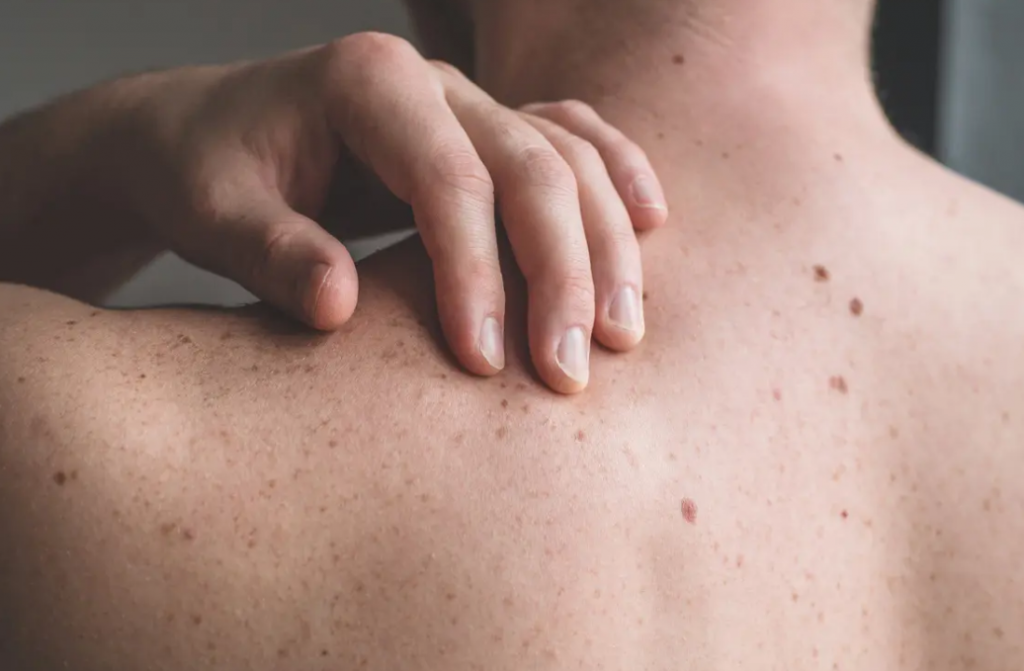

Physical discomfort aside, HS silently wages war on an individual’s emotional and mental well-being. The recurrent nature of the condition, the presence of open sores scars, and the persistent fear of a flare-up can be emotionally taxing. Individuals with HS often grapple with anxiety, self-esteem issues, and even depression. Moreover, there’s a societal tendency to link skin conditions with hygiene, thus placing an undue and misplaced burden of shame on those suffering from HS.
Given the progressive nature of HS, early diagnosis and intervention are critical. Symptoms can range from blackheads, painful pea-sized lumps, and leaking sores to tunnels under the skin. HS often remains misdiagnosed due to its resemblance to other conditions like acne or boils. Dermatologists play a pivotal role in distinguishing HS from other skin conditions and initiating the right course of treatment.
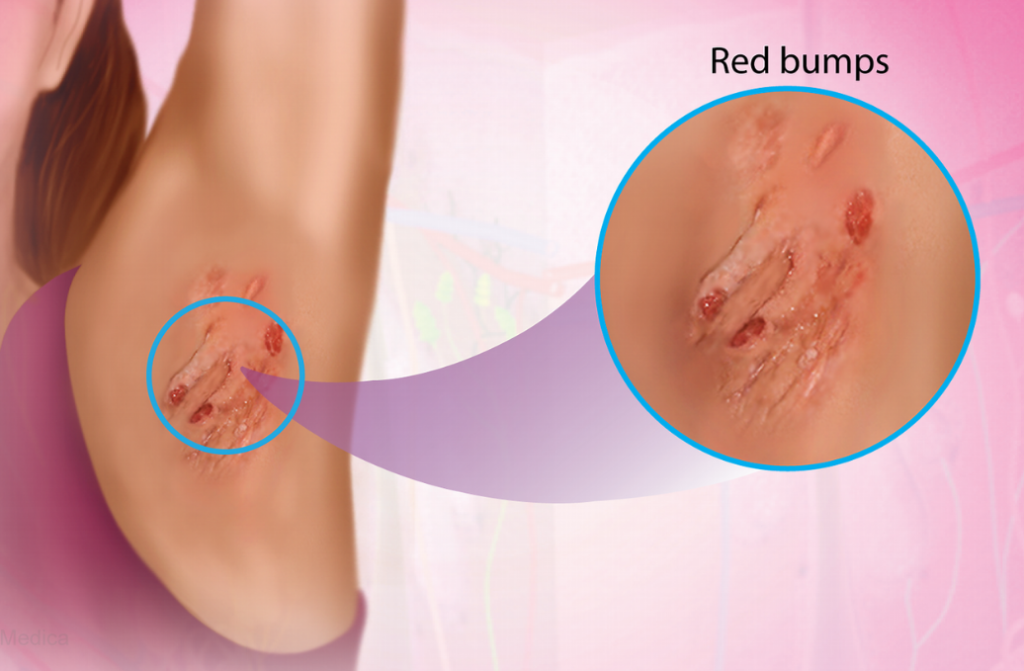
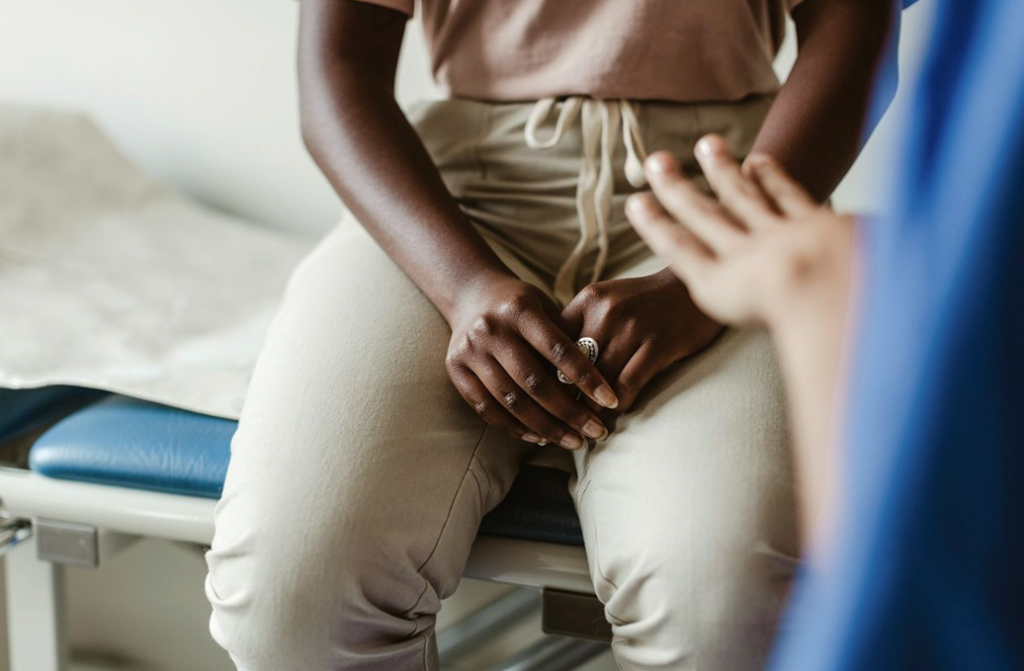
Given the chronic and recurrent nature of HS, long-term management is crucial. Patients must be educated about the condition, the importance of adherence to therapy, and lifestyle modifications. Support groups, both online and offline, can offer a safe space for those with HS to share their experiences coping strategies, and to seek solace in community strength.
HS manifests in stages, each with its set of symptoms:
Common symptoms include:
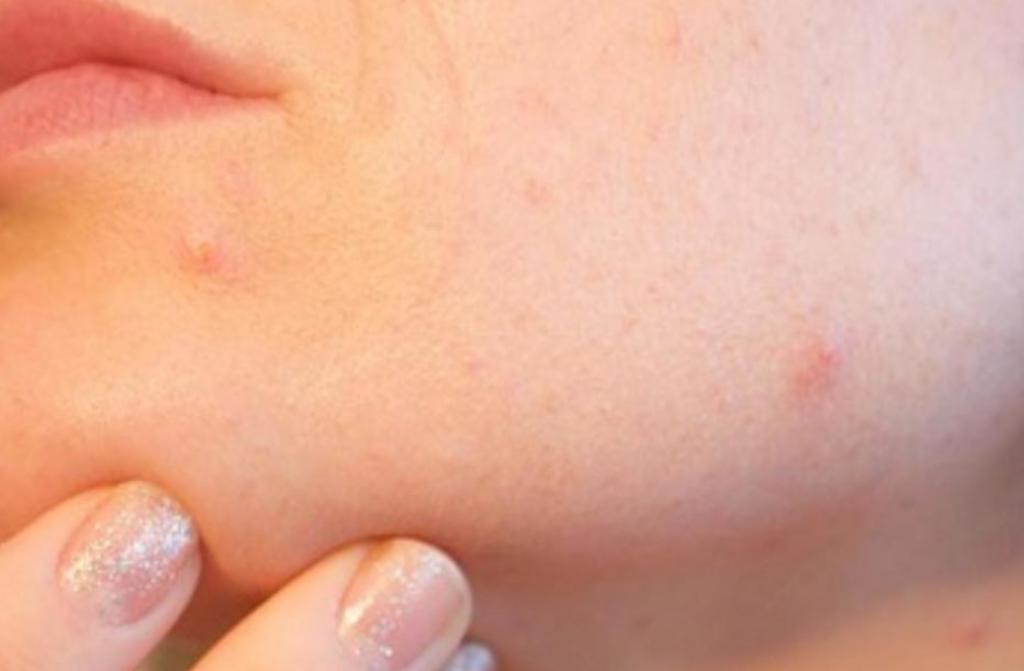
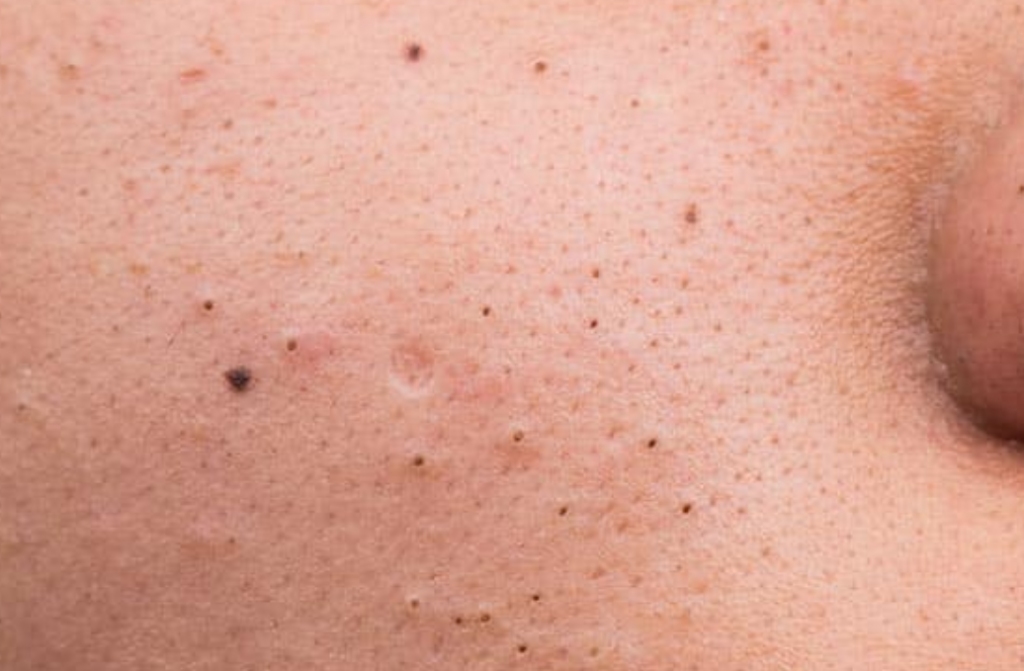
HS is believed to arise from the inflammation of hair follicles. It primarily affects areas like the armpits, groin, buttocks, and under the breasts. Its exact cause remains unknown, but various factors play a role:
Homeopathy, rooted in the principle of “like cures like,” offers potential relief for HS sufferers, utilizing remedies derived from natural sources. While scientific backing for homeopathic treatments remains a topic of debate, numerous individuals have found them helpful.
Some potential homeopathic options include:
In tandem with homeopathy, lifestyle changes, and holistic practices can offer relief:
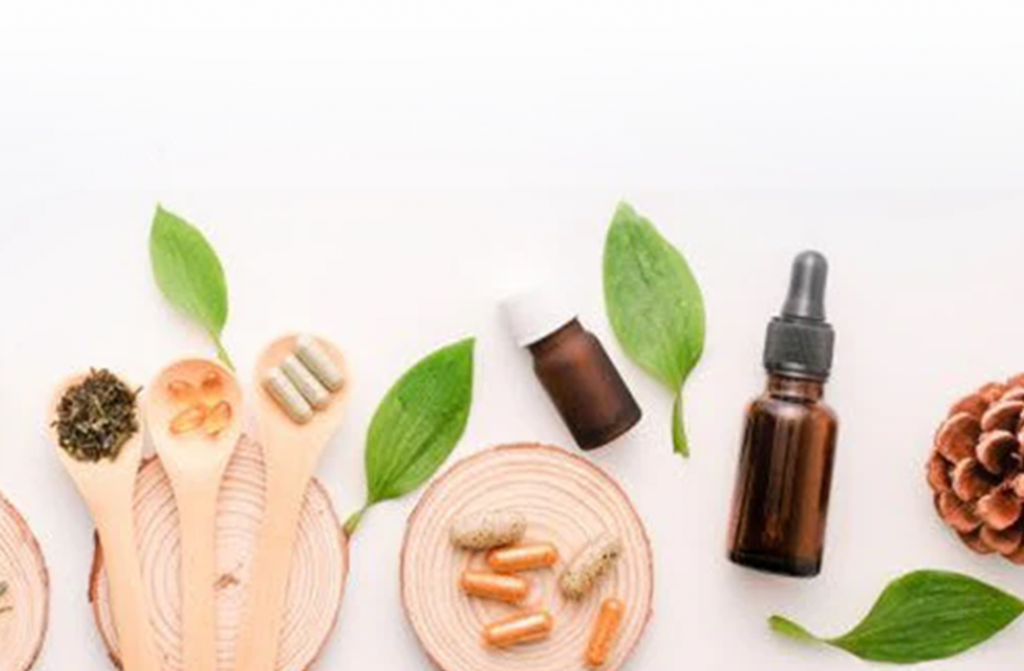
Hidradenitis suppurative (HS) is a debilitating skin condition that, despite its prevalence, remains widely misunderstood by many. This intricate condition goes beyond mere skin outbreaks – it can affect one’s overall well-being and mental health. Here, we delve deeper into the nuances of HS, from its causative factors and manifestations to the importance of early diagnosis and comprehensive management.
Body Image Concerns: The visible manifestations and scars can significantly affect a person’s body image. This can lead to embarrassment, reduced self-esteem, and even social withdrawal.
Anxiety and Depression: The chronic and unpredictable nature of HS flare-ups and the challenges in finding effective treatments can result in anxiety and depression. Many patients report feelings of helplessness and despair.
Social Isolation: Given the locations where HS commonly appears (armpits, groin, buttocks), many patients might feel uncomfortable participating in social activities like swimming, sports, or even casual outings, leading to isolation.
Impact on Intimacy: The sensitive areas affected by HS can create apprehension about intimacy and relationships. Concerns about pain, potential reactions from partners, or feelings of unattractiveness can significantly hamper personal relationships.
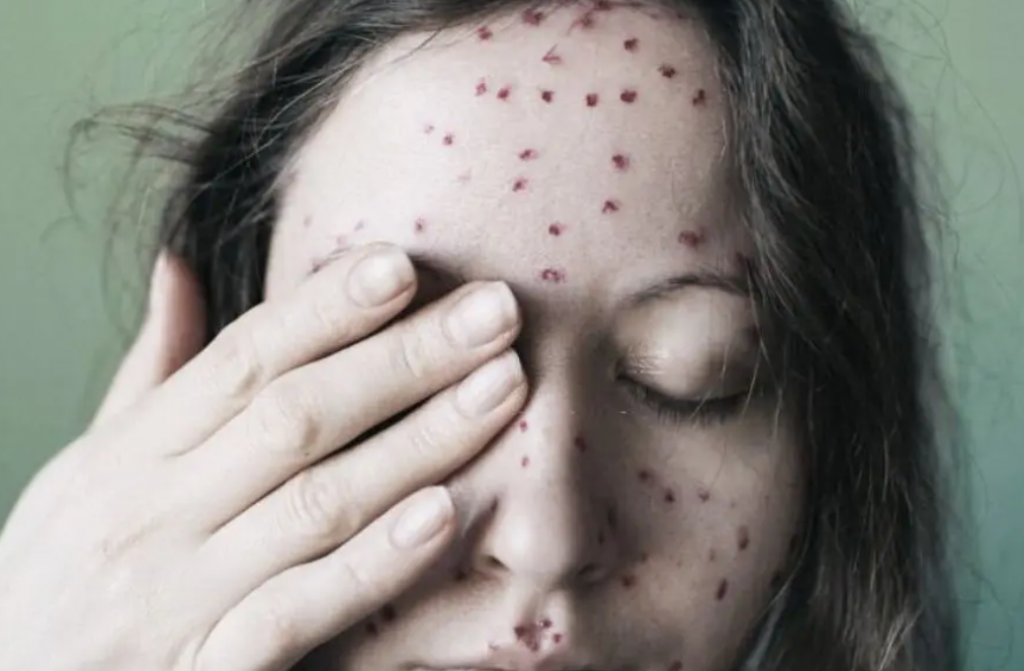
The treatment of HS is tailored to the individual’s symptoms and the disease’s severity. Here are some common therapeutic strategies:
Hidradenitis suppurativa is more than a skin ailment. Its multifaceted nature makes it crucial for patients and healthcare providers to approach it holistically. Early diagnosis, customized treatment plans, and a focus on mental health can significantly improve the outcomes and quality of life for those battling this condition.